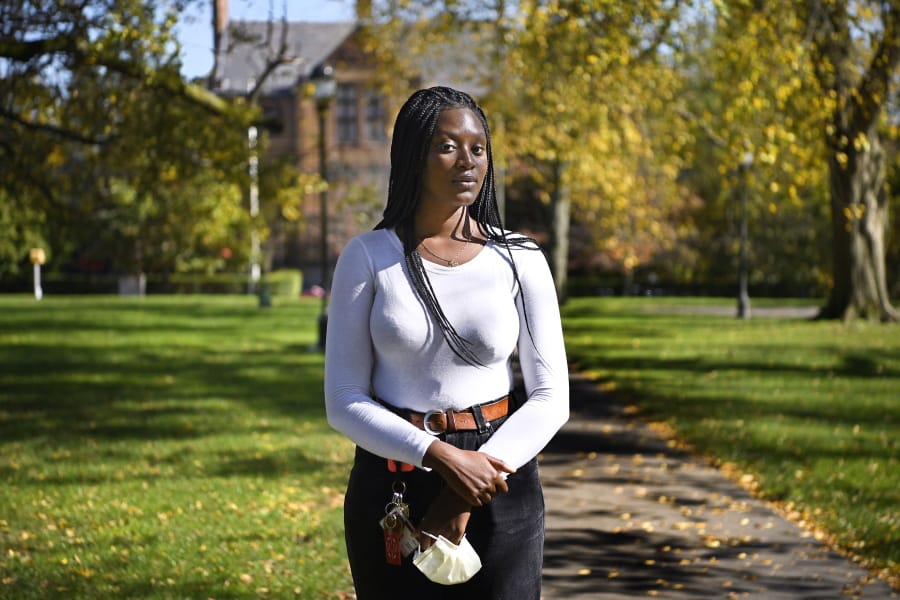Alphina Kamara wonders what might have happened if she’d been introduced to science and engineering careers at her high school in Wilmington, Delaware.
Kamara, who is Black, was enrolled in an “audio engineering” course that taught her how to make music tracks and videos instead of a regular engineering course that she recalls was mostly filled with white students.
When she asked an administrator at Mount Pleasant High School about this apparent disparity, she said she was told that the audio engineering course was created for “regular students.”
“They thought we would be more interested in audio engineering than engineering,” said Kamara, now a junior at Wesleyan University studying English and sociology. “That was a hard pill to swallow.”



